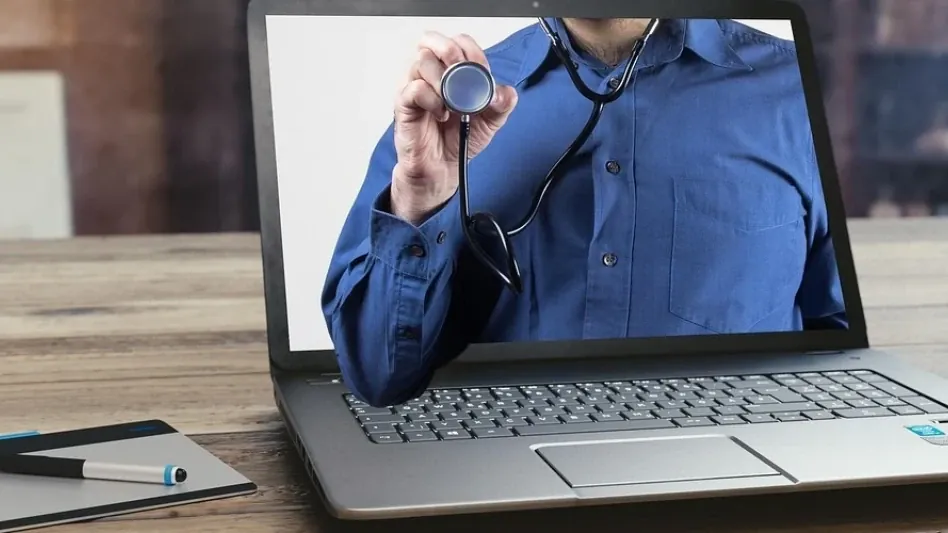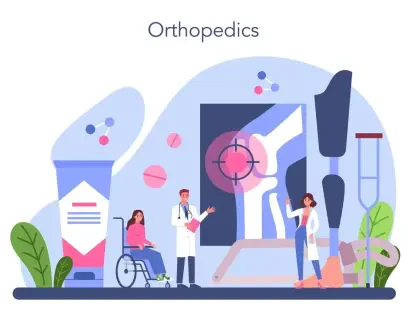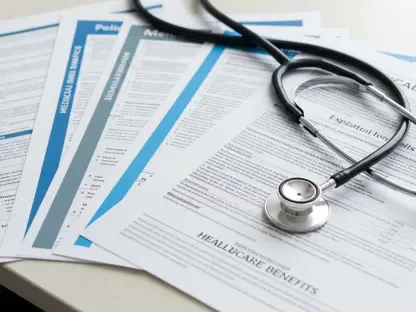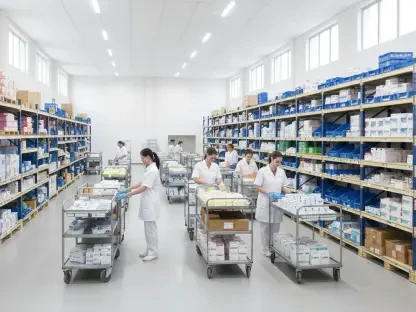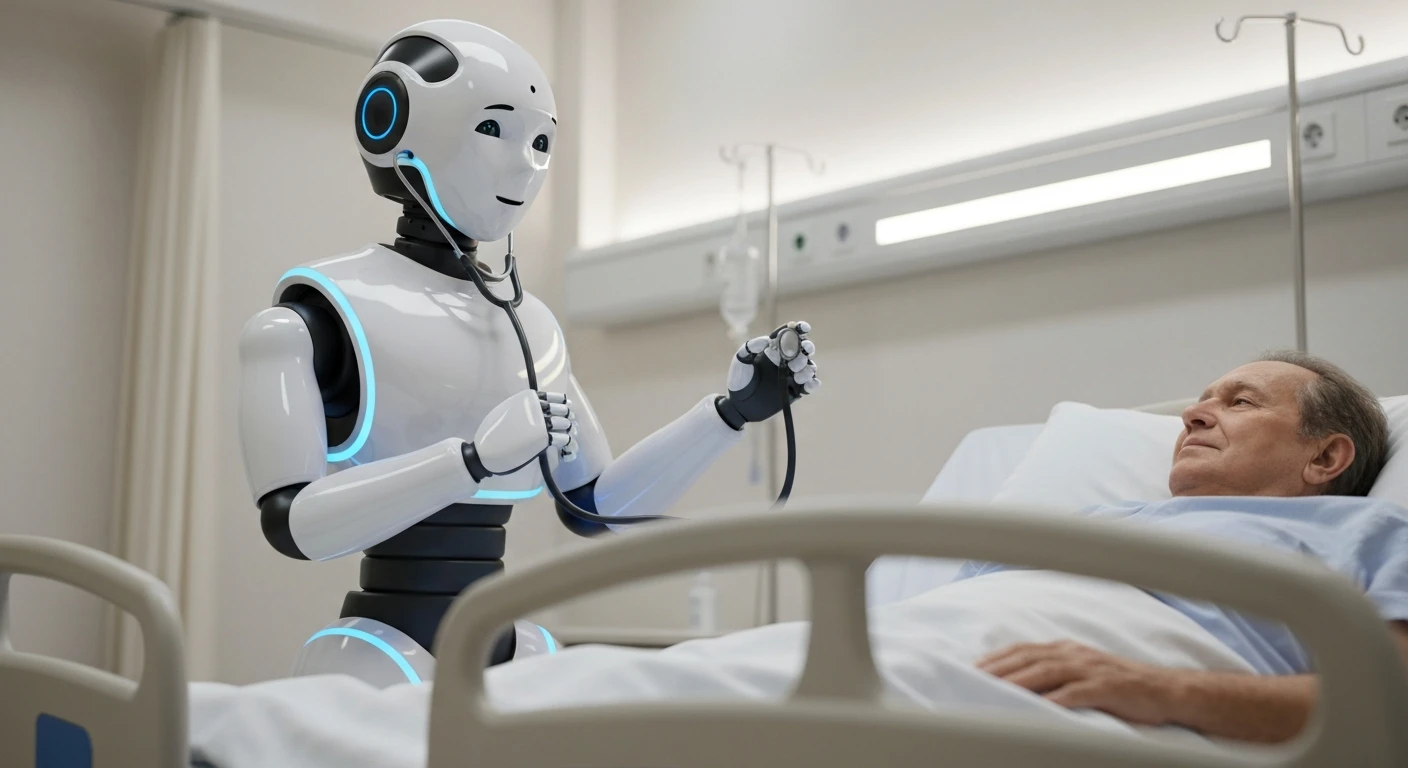Listen to the Article
The Affordable Care Act (ACA) has driven significant transformations in the healthcare industry, becoming a key force in shaping sector policy. The reform law focuses on value-based care delivery, patient-centered services, and expanding access to much-needed treatments. These principles create substantial opportunities for innovation, mainly through Information Technology (IT). Telemedicine, health information exchanges (HIEs), and predictive analytics improve therapies while enhancing emergency preparedness and managing routine operations and disaster responses. This article looks at how new technologies are changing preventive medicine and how it is delivered under ACA rules. It also highlights future breakthroughs in these technologies.
Telemedicine’s Role in Enhancing Access and Care Quality
Telemedicine is a proven method of delivering remedies to areas facing accessibility challenges, primarily through its outreach in rural locations that lack specialty medical care. The ACA provided additional support for telehealth uses through regulations targeting at-home wellness offerings, remote monitoring protocols, and emergency procedures.
Online doctor visits give patients easy access to healthcare professionals from far away without the need for costly or harmful travel, especially in emergencies. Some organizations offer remote consultations throughout California, helping over 46,000 adults and 6,000 children each year. Experts connected through this system can handle complex situations from a distance, reducing the need for hospital transfers and improving patient care.
There is a study that describes how medical staff chose to send a comatose child to a nearby hospital instead of transferring them to a pediatric trauma center 150 miles away. Healthcare specialists at the trauma center guided local staff on how to treat patients, helping them avoid transferring children while keeping families together during testing. Research demonstrates that families prefer the digital option to conventional, in-person consultations.
While online doctor visits offer many evident advantages, challenges remain in their widespread use. Even with the growing use of telemedicine, problems with payment still exist. Medicare and Medicaid have strict rules for reimbursement, which can be pretty limited. Additionally, many states do not allow Medicaid to pay for telehealth services. When physicians from one state help patients in another, they encounter license rules problems. This makes it hard for them to care for patients from different states.
Bridging Medical and Social Services with HIEs
Health Information Exchanges (HIEs) are an innovative solution for establishing secure clinical data transfers between organizations. The ACA further facilitates these “swaps” by linking providers, shelters, food assistance, and mental health aid.
The Dallas Information Exchange Portal (IEP) is a prime example of a great network. It was developed by Parkland Health and Hospital System and links many local organizations through its service, with ten major well-being centers alongside 134 area hospitals. The initiative focuses on treating conditions but extends benefits to social circumstances involving housing, transportation, and food access, which matters to achieve beneficial results.
The IEP combines diagnostic and social services records to better understand patients’ needs. This helps caregivers work together to deliver care effectively. People can also get help from organizations like the Salvation Army and Catholic Charities. When doctors don’t work together, recipients can get confused about their care. This can make them return to the hospital more often and feel worse off. The Dallas IEP helps bridge the gap between medical supervision and social services.
Disaster preparedness features reveal substantial evidence to prove its worth. Healthcare and social service organizations and emergency responders can access real-time data through the IEP. This helps them create complete care plans for their neighborhoods during natural catastrophes like hurricanes and tornadoes. When providers work together, they achieve better outcomes by meeting needs more effectively and efficiently.
AI-Powered Predictive Tools: The Future of Proactive Medicine
The ACA’s framework has made predictive analytics increasingly crucial due to technological advancements using artificial intelligence and machine learning algorithms. Through predictive modeling of EHRs, clinics can recognize high-risk groups, allowing providers to prevent adverse diagnostics events by actively managing persistent medical issues.
The Pieces™ predictive tool Parkland Health and Hospital System in Dallas uses analyzes EHR and societal risk data to pinpoint high-risk cases prone to congestive heart failure. Tools for early identification enable caregivers to launch interventions that diminish readmissions before the situation worsens. Research shows that data-driven forecasting reduces readmissions by 30% across patient demographics, with a 20% reduction in Medicare admissions, leading to better care and reduced costs.
Predictive analytics plays a key role in efficiently allocating resources during disaster management. Medical supplies, healthcare personnel, and resources become critical during disasters because catastrophe demand far exceeds preparedness capacity. Predictive models enable assistance plans to estimate resource requirements by combining patient numbers, hazard location records, and the seriousness of the response requirements. This approach makes the efficient deployment of resources possible, ensuring access for the populations most at risk.
Strengthening Communities through Value-Based Care and Collaboration
The Affordable Care Act maintains dual effectiveness through value-based care and population health initiatives by delivering improved routine care while advancing system readiness during crises. Clinics can adapt rapidly to conditions by integrating telemedicine with predictive analytics and information exchanges, which form a strong and resilient foundation.
Community-based organizations (CBOs) are key to improving communities by addressing food, housing, and education issues. Sharing critical insights helps healthcare providers offer better therapies and reduce provision gaps in minority districts.
During emergencies, technology helps responders work together more efficiently. Telemedicine eases hospital workloads and increases patient capacity. Predictive tools help hospitals plan for future needs, ensuring better care.
Challenges and Opportunities for Continued Innovation
Healthcare technology has shown clear progress, yet multiple obstacles continue to exist. Telehealth and other IT adoption face reimbursement challenges as a top barrier to general implementation. The ACA expanded accessibility, yet multiple states maintain incomplete Medicaid refund policies while Medicare keeps strict rules. A solution to these restrictions and payment difficulties is essential for achieving telemedicine technology’s complete system-wide integration.
Interoperability remains a significant barrier to overcome. As medical records networks grow, their number and scope remain an issue since platforms lack standardization, which impedes database sharing. Infrastructure issues related to unstandardized information formats and unstable security protocols produce significant hurdles that prevent efficient data-sharing adoption between programs.
Despite ongoing obstacles, the innovation potential continues to expand. The ACA laid the groundwork for payment model testing, while the State Innovation Models (SIM) program helps states create innovative care delivery and payment strategies. Telemedicine, insights-driven forecasting, and social-health data transfers form essential components of the industry’s transformation as the field continues expanding its ability to improve patient care and disaster response functions.
Conclusion
The healthcare sector grew quickly thanks to the Affordable Care Act and technological advances. Telemedicine, predictive analytics, and health information exchanges are making healthcare more accessible and improving disaster response. Despite challenges like billing rules and network integration, healthcare data technology has great potential. Continued investment and development will improve care and help the system prepare for future medical challenges.
